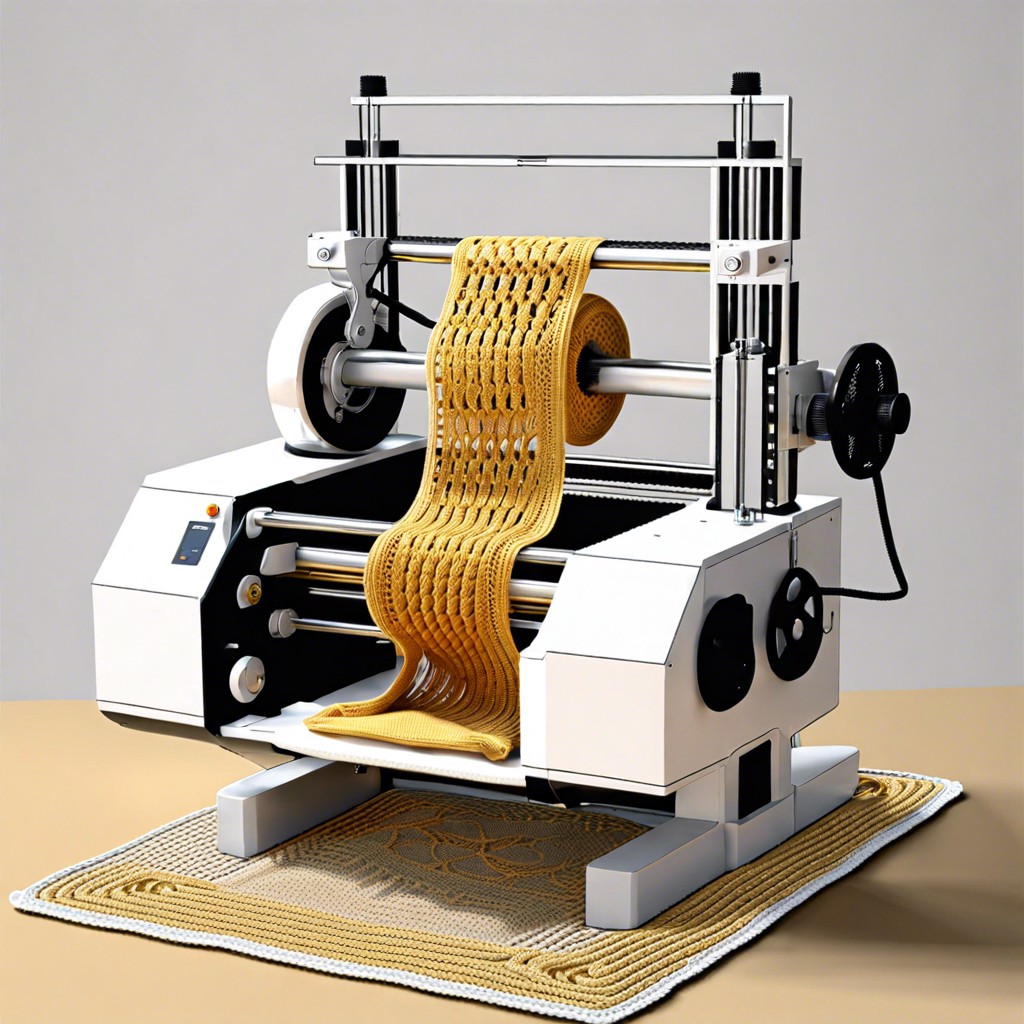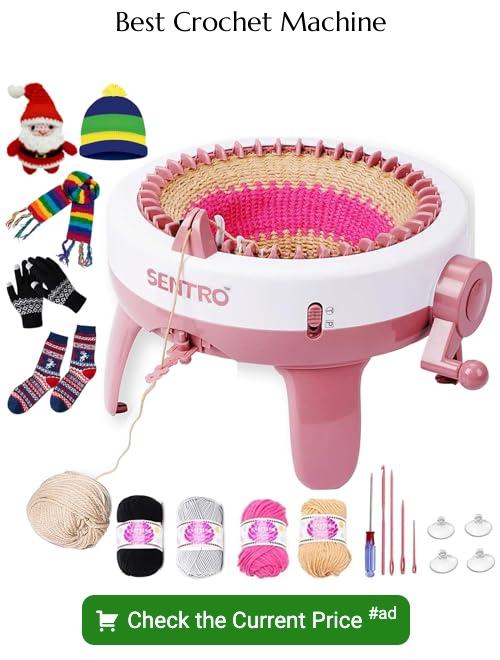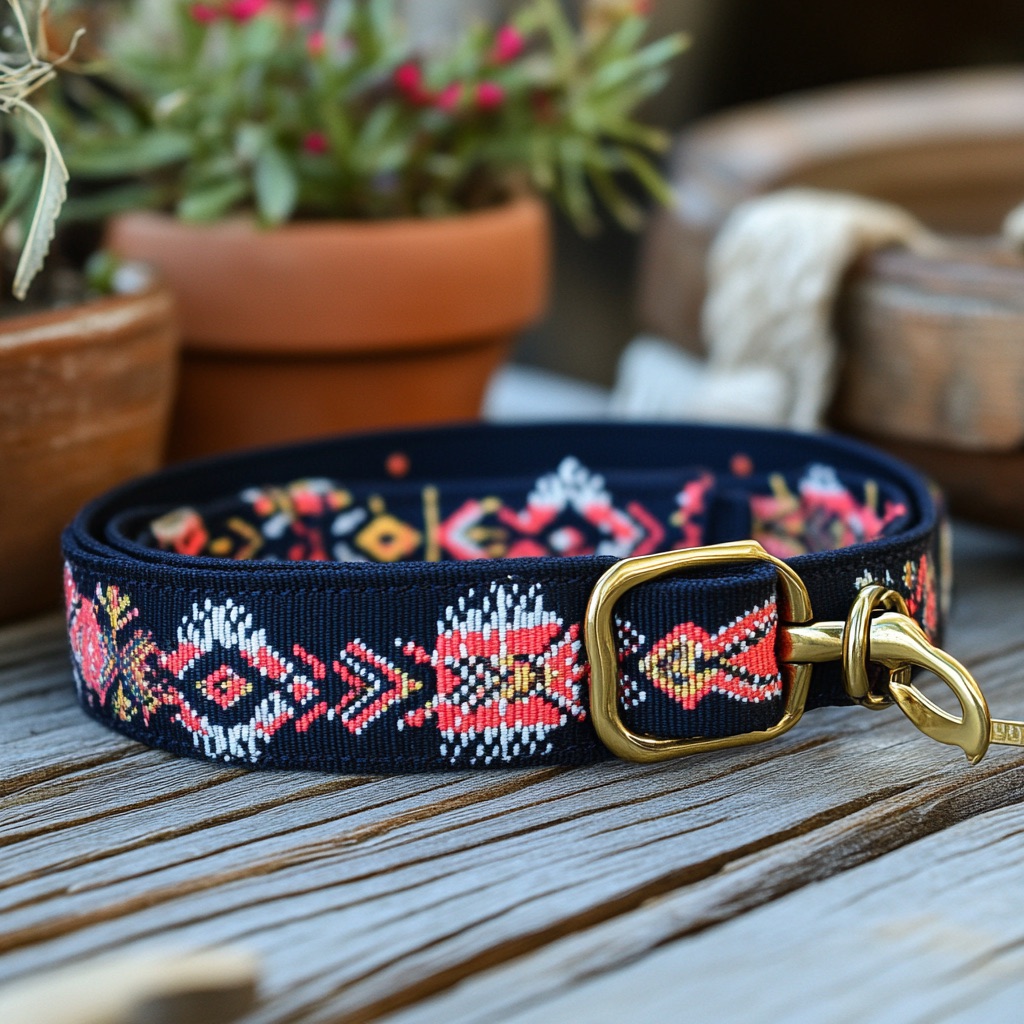Find out if machines can crochet and what that means for your favorite handmade hobby.
Ever wondered if a machine could crochet a scarf while you sip coffee and binge-watch your favorite show? Spoiler alert: it can’t. Despite their technological pizzazz, crochet machines are like cats trying to play fetch—adorable but not very effective. This article will unravel why machines fumble with crochet, while knitting machines elegantly ace the test. Keep reading to see where technology knots up and where it weaves wonder.
Key takeaways:
- Crochet machines are complex but can’t mimic hand movements.
- Machines struggle with hand-eye coordination, hook manipulation, and pattern variation.
- Crochet items can be mass-produced through hand-production, outsourcing, or using synthetic look-alikes.
- Knitting machines are efficient, produce consistent results, and can tackle complex patterns.
- Knitting machines work by manipulating loops of yarn with a series of needles.
What Are Crochet Machines?

Picture an army of tiny robots wielding even tinier crochet hooks. Adorable, right? Sadly, that’s not how it works. Or at least, not yet. Crochet machines are much more complex and fascinating in their own way.
First, they try to mimic the intricate hand movements of crocheting. They need to thread yarn through small loops and create consistent, repeating patterns.
Then, there’s the challenge of tension. Keeping yarn at the right tightness is something machine engineers wrestle with. Too tight, and you’ll have a lopsided mess. Too loose, and everything unravels.
Lastly, crochet machines must deal with various stitches. Unlike knitting, which can be more predictable for machinery, crochet has a wild variety of stitches and techniques that change even within a single piece.
In summary, while the dream is delightful, the mechanics behind crochet machines are a knotty problem.
Why Can’t Machines Crochet?
Crocheting involves intricate hand movements that machines just can’t mimic. The process requires individual loops to be pulled through other loops, all controlled by the user’s dexterity and intuition. Think of it as trying to teach a robot to play jazz – it might hit the notes, but the soul would be missing.
Here are some sticking points for machines:
Hand-eye coordination of a dancer, the precision of a surgeon – that’s what crocheting demands.
Hook manipulation is a beast; machines can’t seem to get the hang of it. They miss the fluidity and grace of human hands.
Pattern variation keeps machines in a tizzy. Humans adjust effortlessly, machines? Not so much.
Can Crochet Items Be Mass-Produced for Stores?
Absolutely, crochet items can hit the shelves in stores, but it’s not as straightforward as pressing a button. Here’s how it typically works:
First, skilled artisans often hand-produce many items. Yes, human hands still weave those intricate stitches. While this sounds charming, imagine the labor! It’s like baking a cake from scratch for every single customer.
Then, there’s outsourcing. Companies might collaborate with artisans in countries where crocheting is a traditional craft. It supports local artisans, but time frames can vary, so your cute summer top might debut in winter.
Lastly, synthetic look-alikes. Machines can knit items that mimic crochet to some extent, but they lack the true essence and texture. The end results are often a tale of close-but-no-cigar.
So, when you see those crochet items in-store, there’s a high chance someone’s hands have been busy, whether it’s around the globe or closer to home!
Knitting Machines
Unlike crochet, knitting got lucky in the machine department. These mechanical marvels have revolutionized the world of yarn.
Knitting machines use a series of hooked needles to create fabric. They work a bit like a very fast, very precise knitter with a coffee addiction. This means large pieces, like sweaters, can be whipped up in no time.
They can handle multiple patterns and stitches. You just program it, and off it goes, like a yarn-fueled robot Picasso.
Even though they can’t make you a perfect cup of tea during a knitting break, they can produce consistent and even fabric. Think of those perfectly cozy socks and scarves. The kind that looks good enough to be from a high-end store.
From simple designs to intricate motifs, knitting machines have got it covered, working tirelessly without needing hand massages at the end of the day. When it comes to knitting, these machines are an impressive yarn-tangling force to reckon with.
How Do Knitting Machines Work?
Knitting machines are like the brainy robots of your yarn dreams. These ingenious gadgets consist of a bed of needles, each capable of holding and manipulating a loop of yarn. Imagine a small army of metal fingers, each one ready to knit its little heart out.
First, you thread the yarn through the machine. The needles then move back and forth, creating a series of interconnected loops row by row. Some machines are manual crank-operated, letting you build some biceps while knitting. Others are computerized; they follow complex patterns tailored by you or pre-programmed masterpieces.
- For example:
- Flatbed machines knit two-dimensional pieces, perfect for sweaters and scarves.
- Circular machines produce tubes of fabric, ideal for socks and hats.
These machines speed up the knitting process because, unlike human hands, they don’t need coffee breaks or Netflix.
Pros of Knitting Machines
Zip through your projects at lightning speed! Knitting machines are all about efficiency. Instead of spending days or weeks on a sweater, you can whip one up in mere hours. Plus, your hands will thank you for the break.
Consistency? You got it! Machines deliver uniform stitches, making your work look impeccably professional. No more slight variations or slipped stitches when you hit your third cup of coffee.
Ever dreamt of intricate designs but got cold feet? Machines can tackle complex patterns with ease, helping you bring your wildest yarn fantasies to life without breaking a sweat.
And hey, they’re great multitaskers. While the machine is hard at work, you can catch up on that scandalous mystery novel or finally figure out why your houseplants are plotting against you.
Cons of Knitting Machines
These gadgets may seem like the answer to all your yarny dreams, but they come with some quirks. For one, they can be a bit pricey, which means your wallet might feel the pinch.
Maintenance is also a real party-pooper. Knitting machines need regular TLC to avoid turning your craft corner into a tangled mess of mechanical mayhem.
Moreover, they aren’t exactly the most portable. Say goodbye to knitting on the go; these machines are staying put. And let’s not forget the learning curve. Unless you’re a secret tech genius, mastering these machines can be a challenge.
Lastly, the personal touch might get lost. Machine-made items often lack the unique charm and character that hand-crocheted or hand-knitted pieces exude. So if you’re after that cozy, handmade vibe, machines might not be your best buddy.





